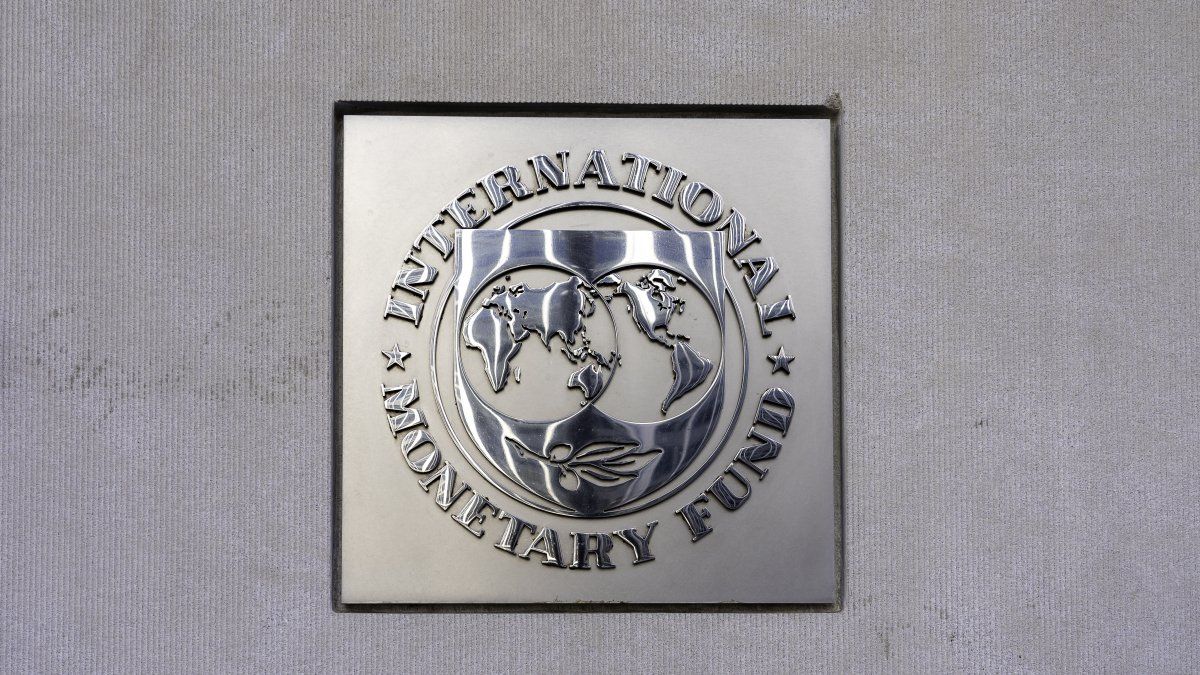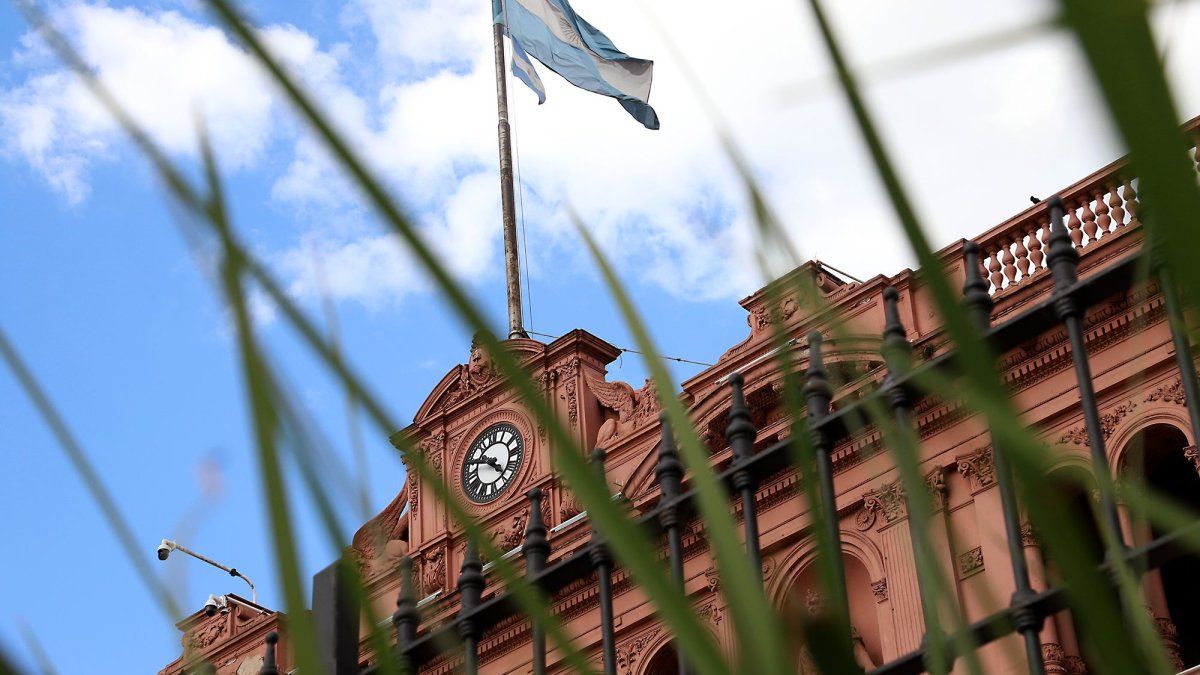The discussion between the Government and the International Monetary Fund (IMF) moved on to the chapter on the future macroeconomic regime for the second stage of management, after months marked by a transition scheme. One of the new features is the Recognition explicit of the organism to the possibility of moving towards a model of “coin competition”although with conditions that reflect the IMF’s intention to domesticate the most disruptive ideas of Javier Milei and block the transition to dollarization or the closure of the Central Bank.
A good part of these discussions were reflected in the Staff Report that the organization published last Monday, four days after approving the disbursement of US$800 million. The report includes the much-mentioned currency competition as the horizon of the future program, although it warns that “it is necessary to continue working to define some of the key foundations” of that regime. And, although it does not delve into the details, it mentions a set of limits or characteristics that are more similar to a kind of bimonetarism with managed floating of the dollar than to the dollarization promoted by the President.
It is clear that the proposals made from Washington have an impact. Not only because of the debt of US$45,000 million that Argentina has with the organization since Mauricio Macri took the largest loan in the history of the Fund, but above all because The current Government intends to obtain additional debt with the IMF to reinforce reserves and lift the exchange rate.
The document of the entity headed by Kristalina Georgieva includes a positive assessment regarding the fulfillment of the quantitative goals of the current agreement and a set of policies to be implemented by the Government (positive interest rates, elimination of the blend dollar, gradual relaxation of the stocks, greater pace of devaluation and adjustment of subsidies, among others). But it also gets involved in the planning of the future monetary regime. In fact, she proposes these policies as steps in the “transition” towards a regime of currency competition, of which they talked insistently. Javier Milei and Luis Caputo (with its own nuances).
A little less than a month ago, during his presentation at the IAEF congress, The President had defined currency competition as the way to advance “endogenous dollarization” and, at the end of the road, in the elimination of the BCRA. In this framework, Milei stated that he will propose a law to prohibit and penalize monetary issuance, but not only that carried out to finance the Treasury but for any reason (which would also include the issuance to buy foreign currency and add reserves in the Central Bank). She stated that there will be a fixed amount of pesos and that the only way to monetize the economy will be for people to inject the dollars that they currently have channeled into the system. “When the pesos are very few (in relation to the dollars), we are going to dollarize and then the peso will disappear,” she said.
The limits proposed by the IMF
However, The IMF marked the field and drew the contours of what it considers a currency competition applicable in Argentina, which leaves aside complete dollarization, the elimination of the peso and the closure of the Central Bank. As Fund spokesperson Julie Kozack had noted weeks ago, the Staff Report noted that, while key fundamentals are yet to be developed, “eventual ‘currency competition’ within the regime could resemble the managed float system that prevails today.” in Peru and Uruguay.”
These are schemes with restrictions to conduct monetary policy, but in which the dollar coexists with local currencies, the issuance is not completely vetoed and there is a stronger “independence” of the central bank. In Peru, there were even some measures to reduce the dollarization of the economy.
Although he did not delve into details, The Fund proposed certain characteristics for the future regime in Argentina that contradict Milei’s idea. “Price stability will continue to be a primary objective of the central bank, in a context in which individuals are free to save and carry out transactions in the currencies of their choice,” said the organization’s document, although it immediately clarified in the fine print from a footer: “Other currencies would not be legal tender and tax payments will continue to be made in pesos.” That is, it contradicts dollarization.
Then, contrary to the idea of closing it, assigns a series of functions to the BCRA. On the one hand, he agrees with the President that “he would be prohibited from providing financing to the government and would continue to refrain from transferring benefits to the Treasury.” But he suggests that he must retain other powers: “He would maintain his functions as lender of last resort for eligible (solvent) financial institutions, would continue to sterilize the currency purchases and managing liquidity through open market operations with public securities.”
This would imply that the BCRA issues pesos to buy dollars and add reserves, that it maintains its role as guarantor of the stability of the financial system and that it can continue managing excesses or lacks of liquidity. The thing is that currency competition, in the libertarian view, is a path through which to travel the path towards dollarization. But For the Fund, it is an outline for a more classic stabilization planwith fiscal and monetary adjustment, positive interest rates, an “independent” central bank and a floating exchange rate, that aims to stabilize the weight.
The report of IMF He also stated that these points are part of the current discussion with the Government: “The technical staff supports an eventual transition to a new regime with a firm nominal anchor where prices and financial stability continue to be the main objectives of the central bank and where people are free to save and transact in the currencies of their choice. However, Work must continue to better define the role of the central bank in managing liquidity and safeguarding the stability of the financial sector, while more consistent communication about the new monetary and exchange regime will be essential”.
In dialogue with Ámbito, the former vice president of the BCRAJorge Carrerainterpreted that “The Fund is lowering the price of currency competition.” And he expanded: “They tell them ‘well, let’s call this transition to doing something similar to what happened in Peru and Uruguay, a currency competition, which is somewhat pompous.’ That the Central Bank refrains from financing the Treasury, from transferring profits and that the balance sheet improves based on the valuation made of the non-transferable bills. What has already begun. The most important thing is that this idea of dollarization or something extreme happening at any moment disappears. It is a euphemism to say that what matters is that the weight continues to exist. Imagine if they later tempt them that they can offer them something: from making the payments, which is most likely, to giving them a little bit (of extra financing), things that I have my doubts are money that Caputo can use to intervene.
Source: Ambito




